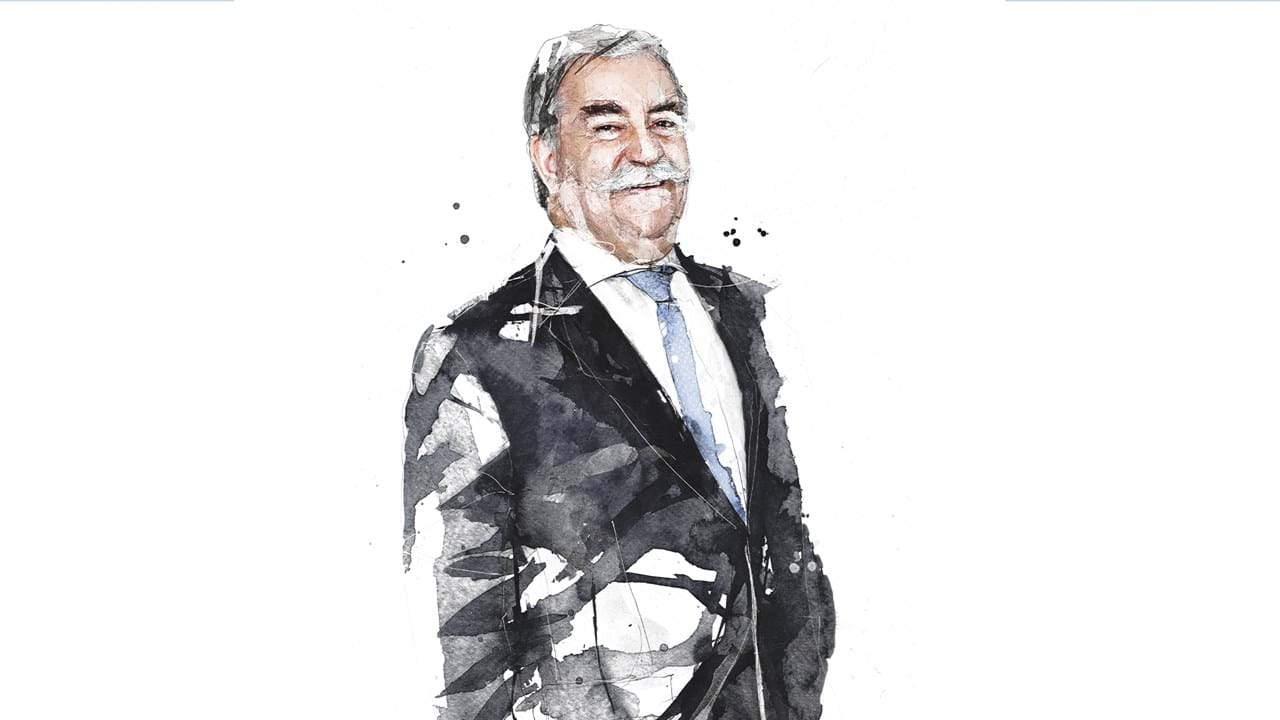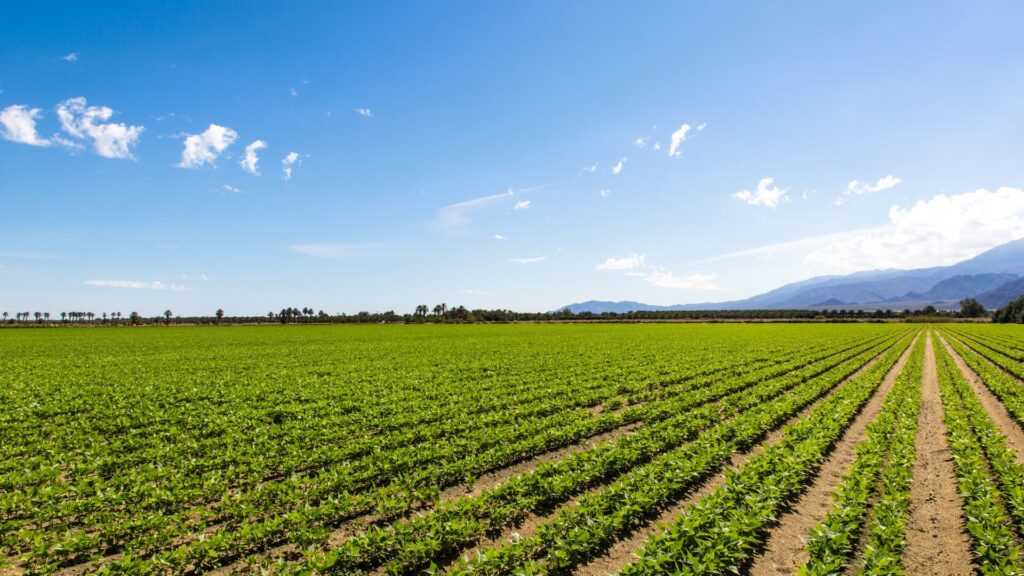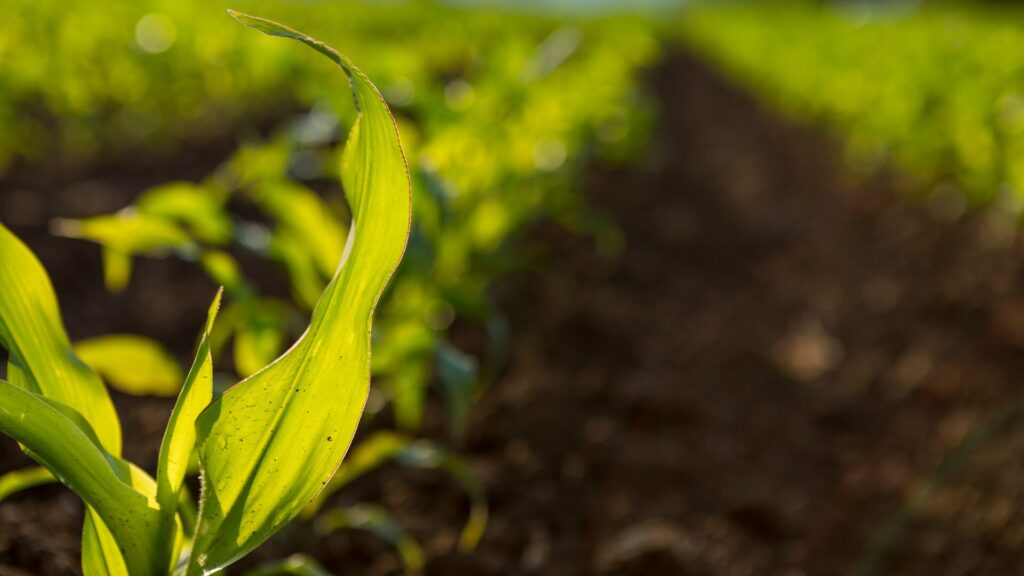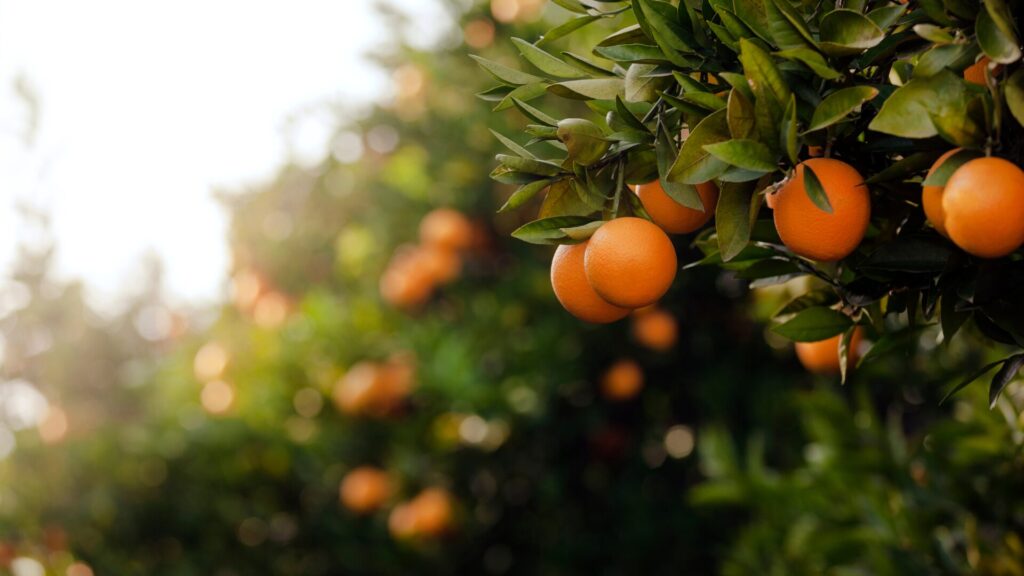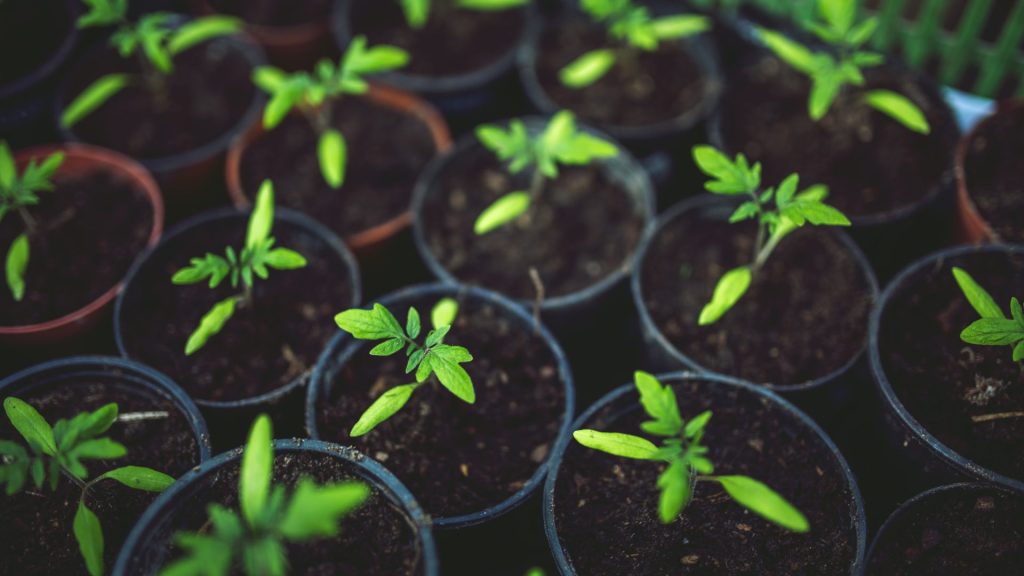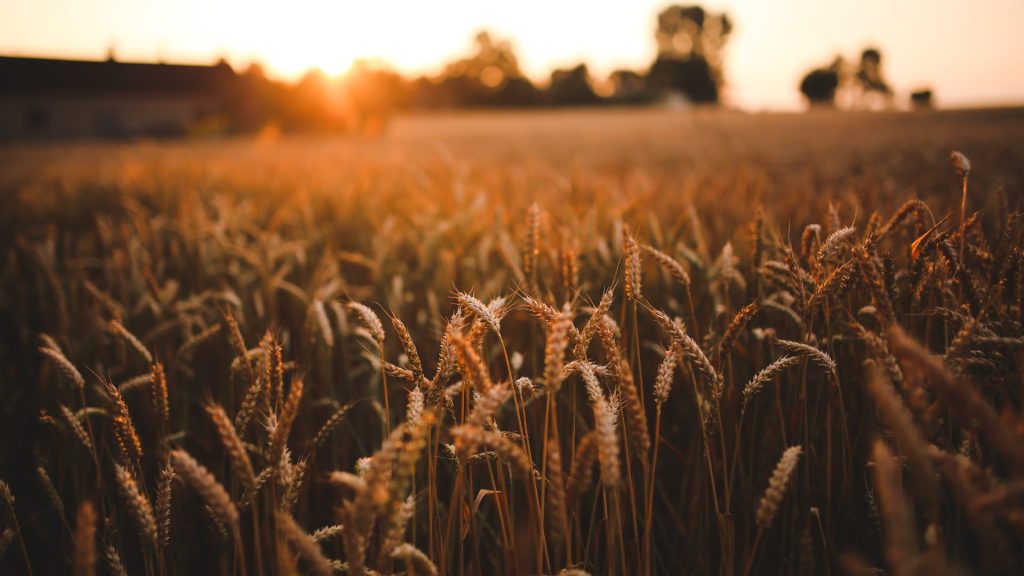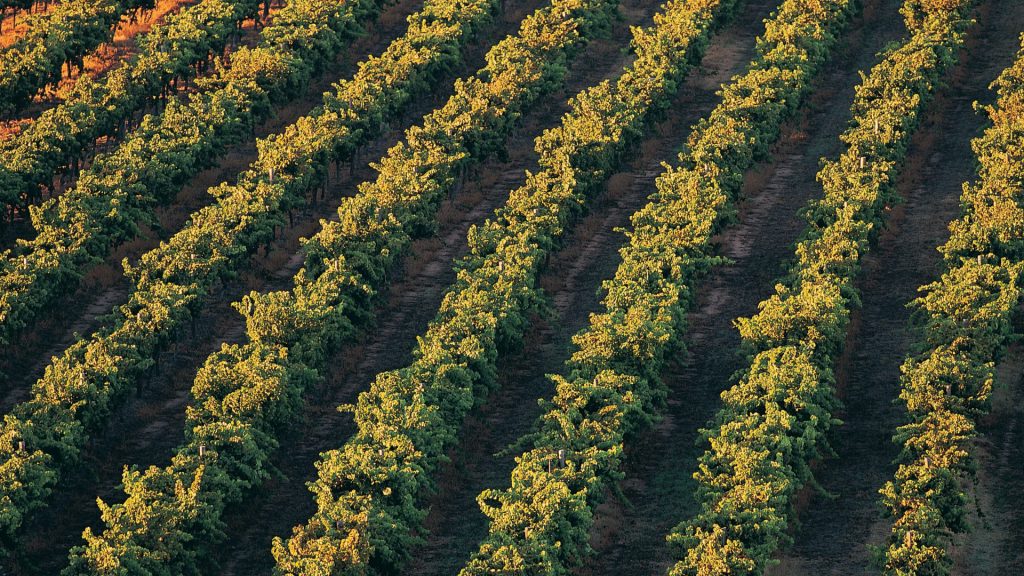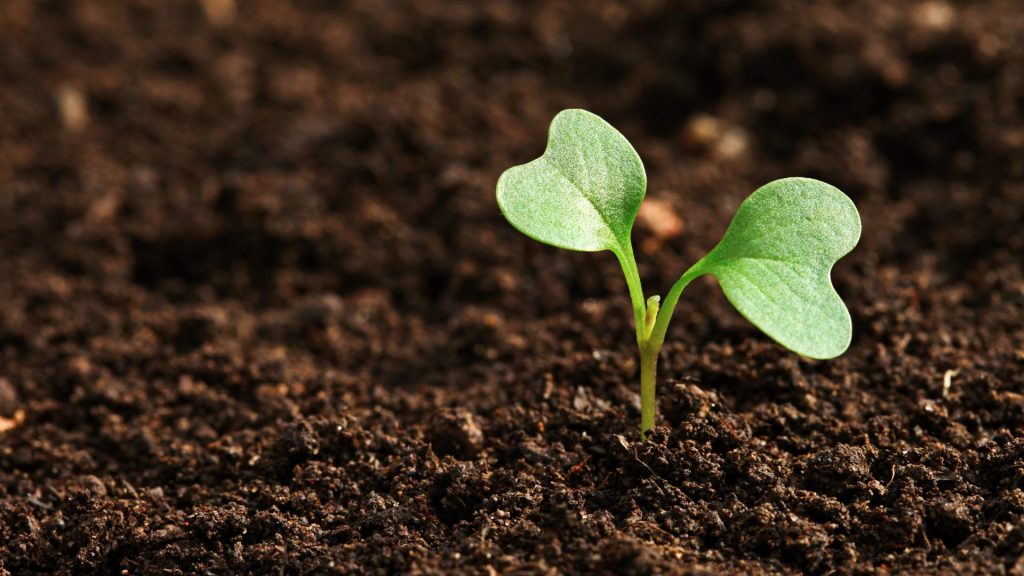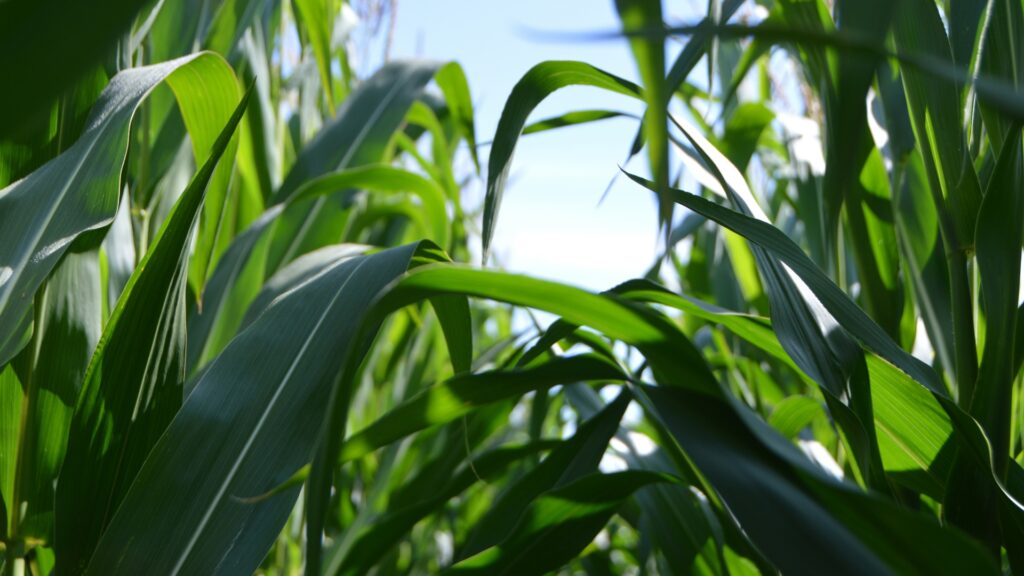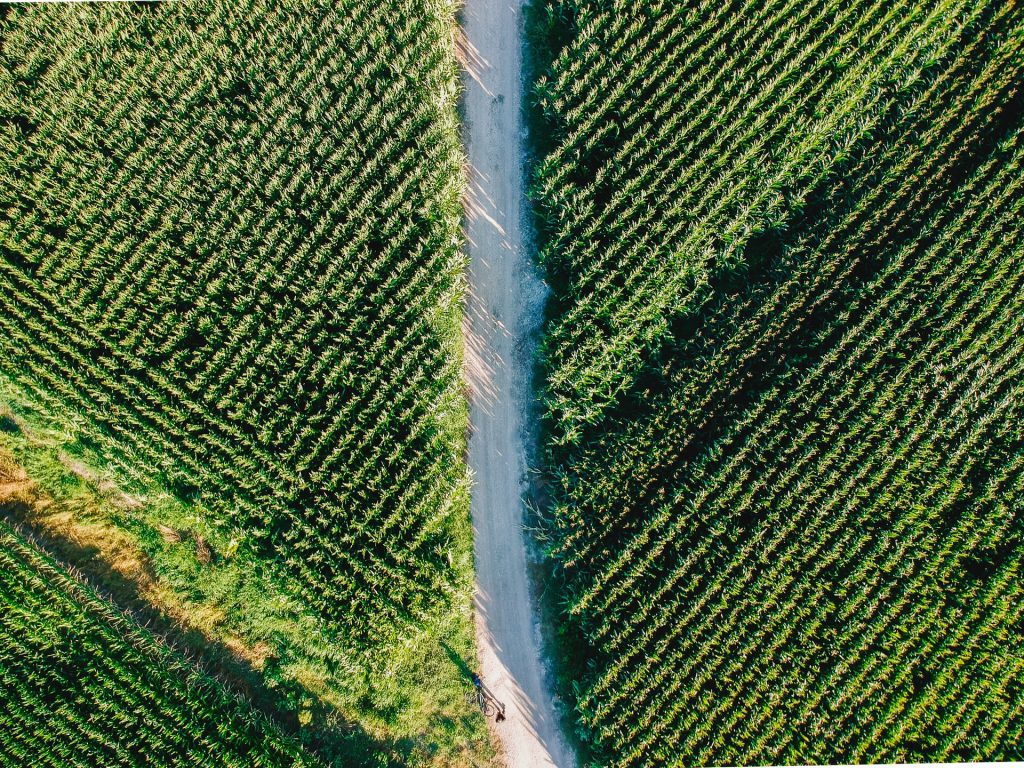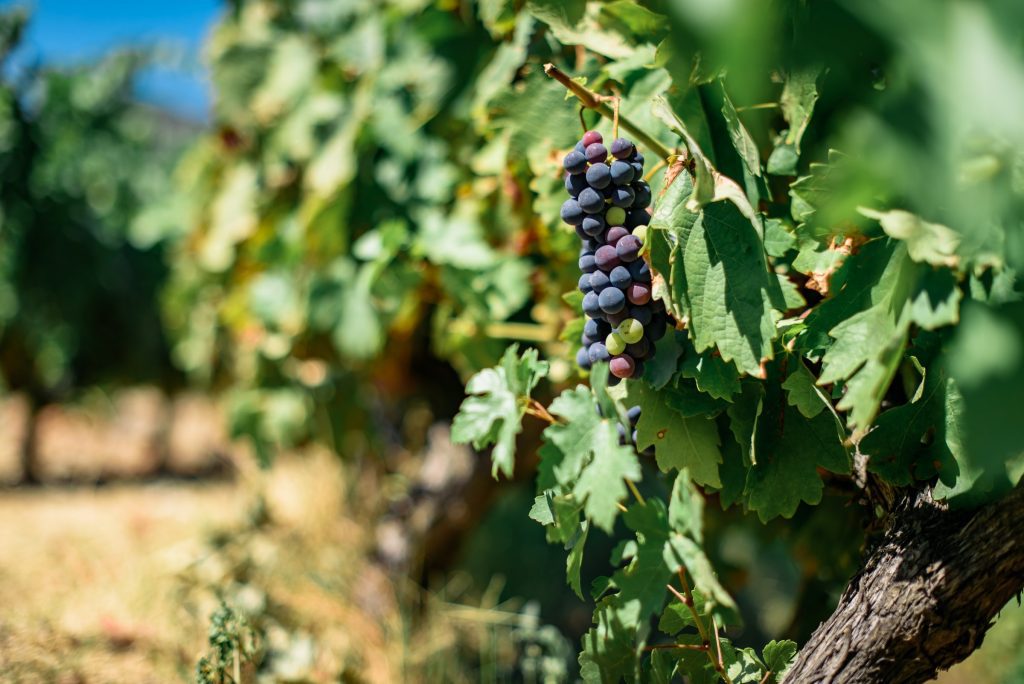25.10.2022
Industries: Agrofood
Updates | Agrofood | 01 – 15 October

Preview of the AGRIFISH Council on 21 and 22 October
The Council will endeavour to reach a political agreement on setting fishing opportunities in the Baltic Sea for next year. Fisheries ministers will also exchange views ahead of this year’s meeting of the International Commission for the Conservation of Atlantic Tunas (ICCAT).
Agriculture ministers will seek to adopt conclusions on the future of the CAP post-2027 and, on the basis of information from the Presidency, will discuss the main challenges facing the EU food chain and agricultural issues related to trade, a recurring theme on the Council’s agenda.
Under the “Other business” item on the agenda, the Hungarian Presidency will publicly report to the Council on: (i) the results of the conference on the prevention of food waste (Budapest, 1 October 2024); (ii) the results of the meeting of directors in the field of the CAP (Budapest, 10-12 September 2024); (iii); (iv) the results of the conference of directors of EU paying agencies (Budapest, 16-18 October 2024).
Short-term outlook for agricultural markets: gradual but fragile return to stability
Published on 8 October by the European Commission, the autumn 2024 edition of the report on the short-term outlook for EU agricultural markets presents the latest trends and prospects for the main agricultural markets.
According to the report, agricultural markets are showing signs of stabilisation. Food inflation has been declining and food prices have remained relatively stable in recent months for most products, although they are on average 32 per cent higher than in 2020. An increase in demand for agri-food products could be supported by expected EU GDP growth and moderate, steady inflation. Since the spring edition of the short-term outlook, adverse weather conditions have proved more frequent and damaging, affecting the production and quality levels of the main arable crops.
The EU fertiliser market is also gradually stabilising, with trade flows returning to normal and domestic production showing signs of recovery. However, affordability remains a concern for farmers, mainly due to falling prices for arable crops. Lower crop yields in different regions of Europe in 2024 could cause cash flow problems for arable farmers, potentially affecting fertiliser purchases in spring 2025.
Since the beginning of the year, the European Commission, in close co-operation with the Member States, has adopted a wide range of measures to help simplify the Common Agricultural Policy for farmers. This long-standing EU policy represents an important economic safety net for EU farmers and guides the transition to sustainable and resilient agriculture. Stability in an unstable environment remains crucial for farmers to be able to carry out their work successfully.
(see Documents and studies)
AGRI Commission: highlights
On 3 October, MEPs from the Committee on Agriculture and Rural Development (AGRI) took part in a seminar on food price inflation and debated the Commission’s communication on force majeure and exceptional circumstances in CAP legislation (presentations available in Documents and studies).
On 7 October, Minister István Nagy, responsible for agriculture, fisheries, forests and biodiversity, presented the priorities of the Hungarian Presidency of the Council of the European Union for agriculture. The presentation took place at an extraordinary meeting of the AGRI Committee in Strasbourg. According to the Hungarian Presidency, protecting farmers and making the EU’s agricultural sector more competitive should be at the centre of the new CAP. Several MEPs agreed that the focus should be on the needs of farmers and called for increased funding for the new CAP and for EU food products and agricultural imports into the EU to be subject to the same rules.
On 14 October, the AGRI Committee held a public hearing on the Strategic Dialogue on the future of EU agriculture, which allowed key stakeholders to look ahead to the development of European agricultural and food systems. MEPs also debated a draft delegated regulation on controls for organic products to be exported to the EU.
The European Commission has authorised the use of genetically modified maize and cotton in food and feed
On 8 October, the Commission authorised two new genetically modified crops, one for maize and one for cotton, and renewed the authorisation of two genetically modified maize crops for use in food and feed.
The Commission’s decisions only authorise the import of these genetically modified crops for food and feed use, but not their cultivation in the EU. These crops have undergone an exhaustive and rigorous evaluation procedure, which guarantees a high level of protection for human and animal health and the environment. The European Food Safety Authority (EFSA) has issued a favourable scientific assessment, concluding that these GM crops are as safe as their conventional counterparts.
The authorisations and renewals are valid for 10 years and any products derived from these genetically modified crops will be subject to strict EU labelling and traceability rules. The Commission was legally obliged to take a decision on these authorisations after Member States failed to reach a qualified majority for or against the authorisation within the Standing Committee and the subsequent Appeal Committee.
Closing the EU’s protein deficit – determining factors, synergies and commitments
A study released by the European Commission on 8 October concludes that the political and public debate on the EU protein sector requires a comprehensive approach that includes the production and supply of plant proteins in the EU, while addressing the broader challenges and opportunities of protein demand in the food and feed sectors.
Adopting a food systems perspective, the report assesses the synergies and trade-offs between four hypothetical scenarios. These scenarios are considered individually and in combination, and describe possible futures for protein supply and demand in the EU: (i) targeted support for protein crop production; (ii) changing animal feeding practices; (iii) restructuring livestock numbers; and (iv) shifting to more plant-based diets.
Although these scenarios are exploratory and do not prejudge political decisions, the analysis shows that joint changes in supply and demand are needed to strengthen the sustainability and resilience of the EU’s agri-food system.
The results of the modelling indicate that addressing protein supply and demand together can produce substantial environmental benefits and reduce the EU’s dependence on imported food proteins.
It also considers an integrated strategy essential to support farmers and the food system in general, seizing the opportunities and mitigating the potential adverse impacts associated with the transition to a more sustainable supply of and demand for proteins.
(see Documents and studies)
The contribution of ecosystem services to agricultural production: An application of the production function approach
A report released by the European Commission on 1 October aims to help measure the contribution of ecosystem services (ES) to crop production and suggests using the Production Function (PF) method as an alternative approach. PF offers the advantages of using open source data and accounting for interactions between human inputs and ES in ceteris paribus terms. It aligns with the Ecosystem Accounting framework of the System of Economic and Environmental Accounts (SEEA-EA) and will support the development and maintenance of ES accounts.
Natural Capital Accounting (NCA) integrates economic and environmental data to understand the links between economic and environmental resources. The European Union (EU) has shown strong political support for NCAs, amending Regulation 691/2011 to include ecosystem accounts (EA) as a mandatory reporting requirement for EU Member States. According to the document, efficient and standardised approaches are needed to carry out regular EAs.
The report evaluates the contribution of the crop supply service as a final ES, as well as the contribution of pollination and soil retention as intermediate ES. The analysis found positive and statistically significant production elasticities, which measure the percentage change in agricultural production in the event of a 1 per cent change in the production factor, for all ES and in the range of 0.2 to 0.5 percentage units.
The elasticity estimates are subsequently used to estimate the share of crop production attributed to ES when compiling the EA’s resources and employment tables. For the 2018 accounts, 44 per cent of the value of production should be attributed to the ES of crop supply. The report used FP estimates to simulate the economic loss or benefit of the current trend in the flow of ES.
The simulation suggests a loss of value of approximately 7 854 million euros at the aggregate EU-27 level between 2000 and 2018. In addition, the analysis illustrates potential economic gains of 1.116 billion euros for crop pollination and 1.413 billion euros for soil retention, if SE were to move from low to high levels of supply.
(see Documents and studies)





